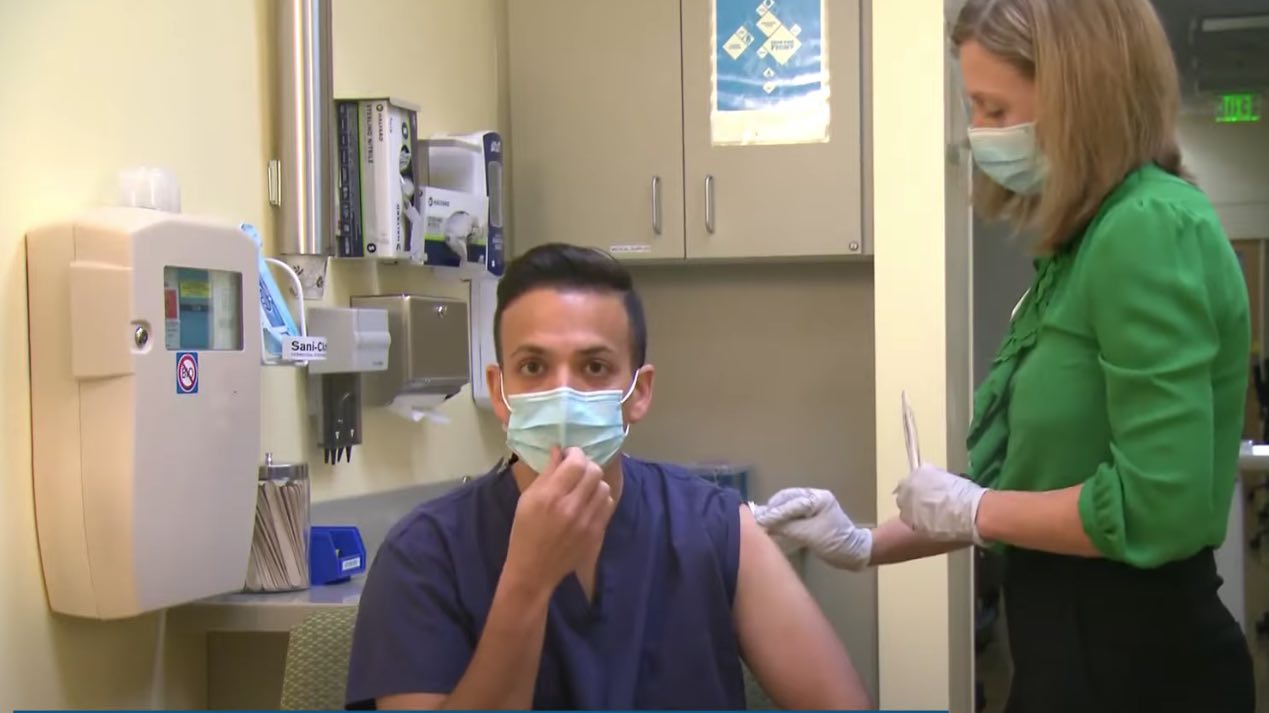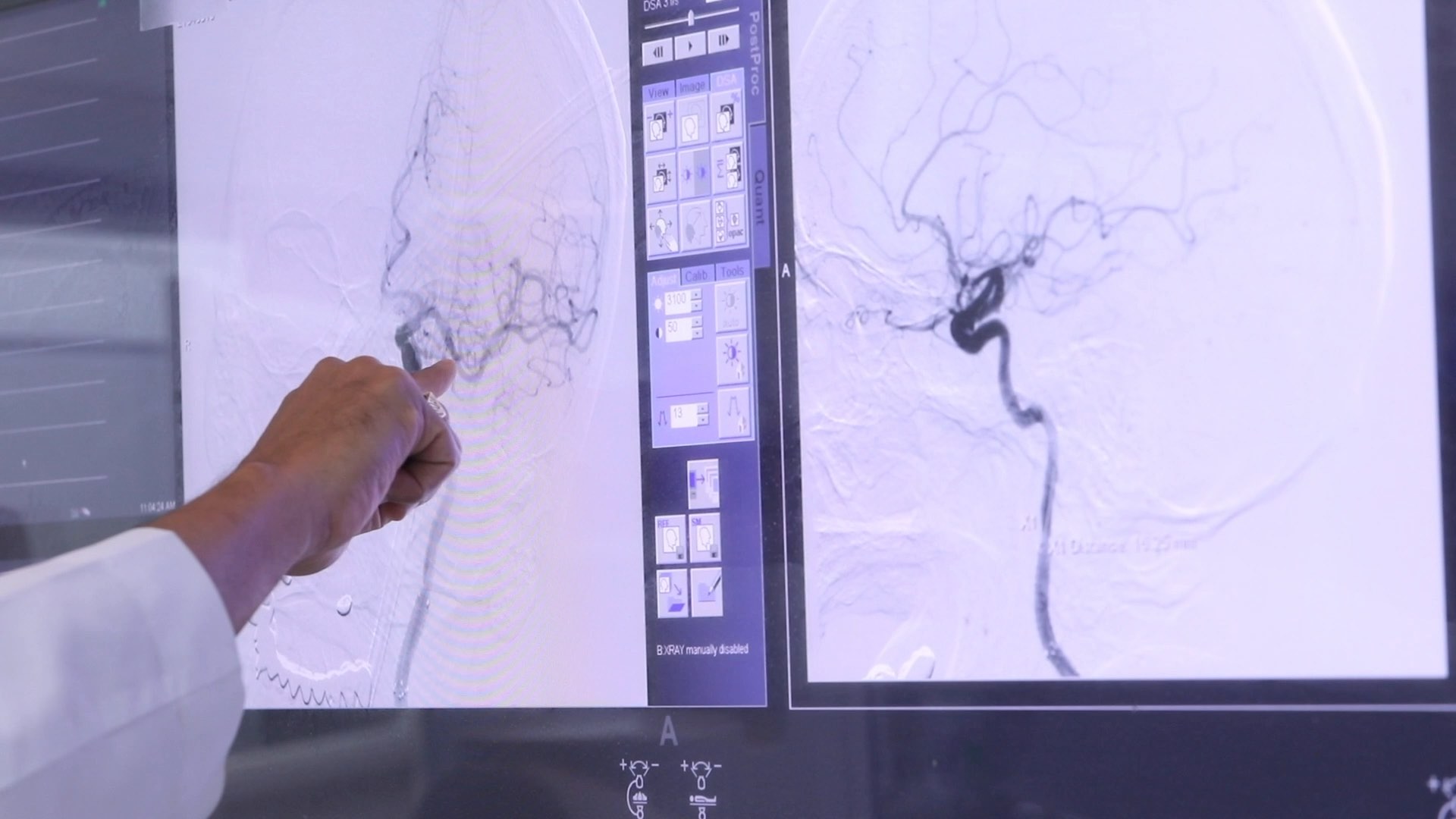NEW YORK (Reuters Health) – Based on their review of screening instruments for alcohol and drug misuse, a Canadian team recommends using three quick questions in the emergency department to identify adolescents likely to have substance-abuse disorders.
“The use of 2 diagnostic items based on DSM-IV criteria (‘In the past year, have you sometimes been under the influence of alcohol in situations where you could have caused an accident or gotten hurt?’ and ‘Have there often been times when you had a lot more to drink than you intended to have?’) were more effective than other instruments in detecting alcohol abuse and dependence,” Dr. Amanda S. Newton, at the University of Alberta in Edmonton, and colleagues report in the July issue of Pediatrics.
Also, the team found, “Use of a Diagnostic Interview Schedule for Children (DISC) question for previous-year cannabis use (‘How often in the past year have you used cannabis?’) was the most effective for detecting a cannabis-use disorder.”
They note that when a young person ends up in the ED as a consequence of alcohol or drug abuse, it provides an opportunity to initiate care targeting substance abuse at an age when patients are generally responsive. To that end, screening instruments that can rapidly identify individuals who need intervention “are critically important.”
To assess the value of different screening instruments in that setting, the authors identified six relevant studies that evaluated 11 instruments for potential ED use
The AUDIT instrument was the most extensively studied, and it was generally superior in sensitivity and specificity to other questionnaires such as FAST (Fast Alcohol Screening Test), for example. However, varying cut-off recommendations limit AUDIT’s usefulness for screening young persons in the ED, the authors note.
Ultimately, as mentioned, they found that two questions based on DSM-IV criteria and one from DISC were the most appropriate for “quick screen” use in the ED.
“Youth who answer ‘yes’ to at least 1 of 2 DSM-IV screen questions have an eightfold risk of having an alcohol-use disorder, whereas youth who report cannabis use more than 2 times over the previous year on the DISC have an almost sevenfold risk of having a cannabis-use disorder,” Dr. Newton and colleague point out.
Further research is needed, they add, to determine if these tools “should be used as targeted or universal screening approaches in the ED.”
Reference:
Instruments to Detect Alcohol and Other Drug Misuse in the Emergency Department: A Systematic Review
Pediatrics 2011;128






